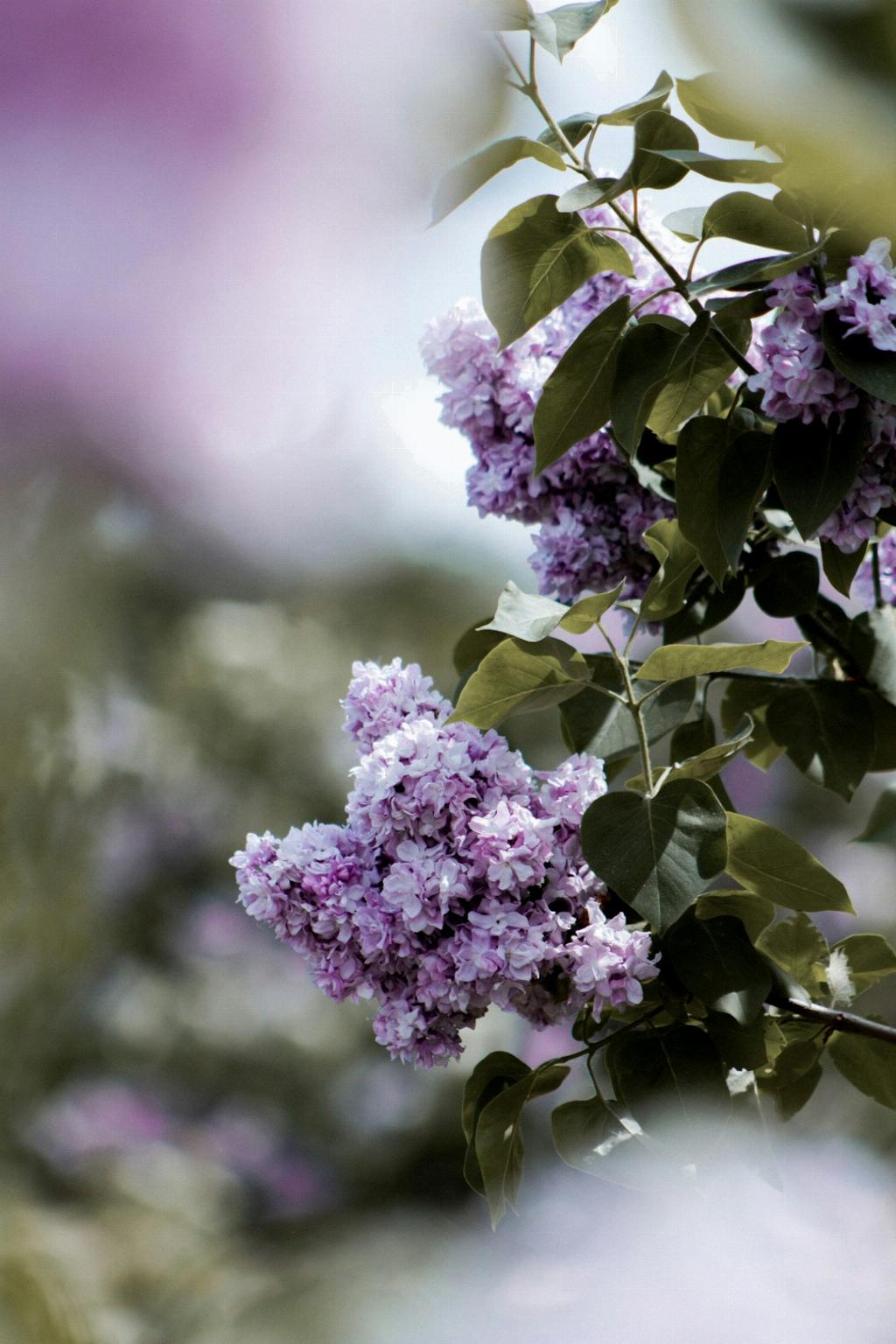When it comes to the soil preferences of lilacs, the answer may surprise you. While some acid-loving plants thrive in acidic soil, lilacs actually prefer slightly alkaline conditions. It is essential to pay attention to the pH level of the soil in which you are planning to grow these beautiful flowering shrubs.
Lilacs, scientifically known as Syringa, thrive best in soil with a pH range of 6.5 to 7.0. This slightly alkaline environment provides an ideal growing condition for these fragrant blossoms. It is crucial to ensure that the soil is well-drained and rich in organic matter to support the healthy growth of lilacs.
If you are considering planting lilacs in your garden, conducting a soil test is a recommended first step. The pH level of the soil will indicate whether it falls within the optimal range for lilacs. If the pH is below 5.5, the soil may be too acidic for these plants, requiring the addition of lime to raise the pH level and create a more suitable environment.
Adding lime to the soil can help to adjust the pH level and make it more alkaline, providing the lilacs with the conditions they need to thrive. It is essential to follow the recommended guidelines for adding lime to the soil and monitor the pH level periodically to ensure that it remains within the ideal range for lilacs.
For gardeners looking to cultivate healthy and vibrant lilacs, maintaining the proper soil pH is key. Acid-loving plants may require a different approach, but lilacs are best suited to slightly alkaline soil conditions. By adjusting the pH level and providing the necessary nutrients, you can enjoy the beauty and fragrance of lilacs in your garden.
When planting lilacs, choosing a location with well-drained soil and sufficient sunlight is essential for their growth. Ensuring that the soil pH is within the preferred range will help to promote healthy root development and abundant blooms. Lilacs can be a stunning addition to any garden landscape when given the right growing conditions.
Watering lilacs regularly and providing them with adequate moisture is vital for their overall health and longevity. These flowering shrubs benefit from consistent watering, especially during hot and dry periods. Maintaining a proper watering schedule will help to prevent stress and ensure that the lilacs thrive in their environment.
In addition to soil pH and watering, it is essential to fertilize lilacs appropriately to support their growth and blooming cycle. Using a balanced fertilizer specifically formulated for flowering shrubs can provide the necessary nutrients for healthy foliage and abundant flowers. Proper fertilization will help to enhance the overall beauty and vitality of the lilacs.
Pruning is another essential aspect of lilac care that can help to maintain their shape and promote new growth. Regular pruning of dead or overgrown branches can rejuvenate the shrub and encourage the development of new blooms. Proper pruning techniques can also help to prevent disease and improve air circulation within the plant.
Overall, while lilacs may not be considered acid-loving plants, they do require specific soil conditions to thrive. By ensuring that the soil pH is within the preferred range and providing adequate care, you can enjoy the beauty and fragrance of these beloved flowering shrubs in your garden. With proper attention to soil, watering, fertilization, and pruning, your lilacs can flourish and brighten up your outdoor space.

